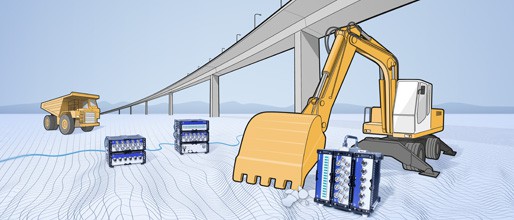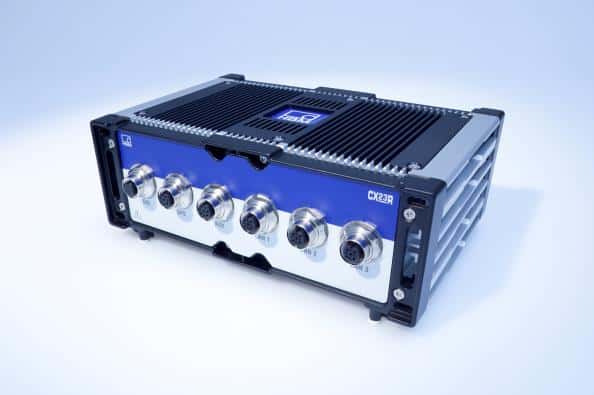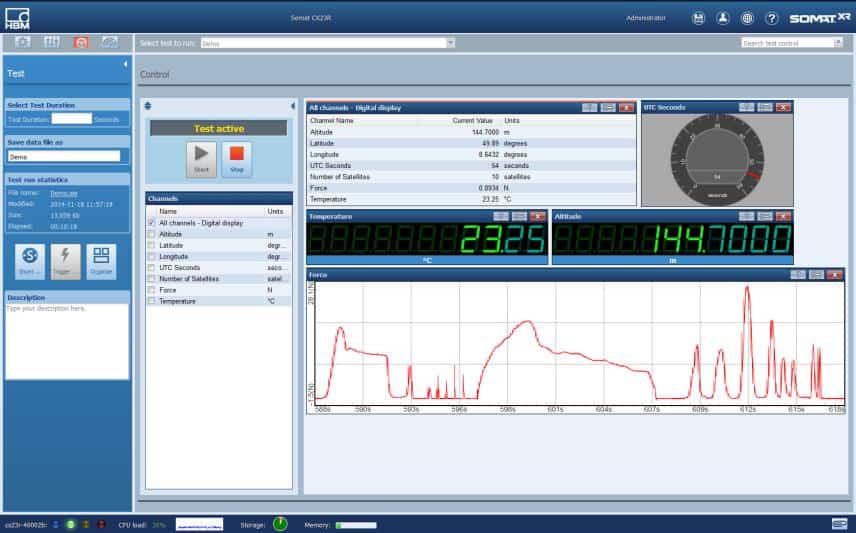Just as engineers of consumer vehicles are being asked to shorten development cycles and improve performance, reliability, and safety, so are developers of off-road vehicles, such as construction vehicles and agricultural machinery. From a practical point of view, this means running more tests and acquiring and analyzing more data in a shorter time than ever before. Good measurement data is, after all, important for optimizing designs.
Consider the following types of vehicles:
- A tractor plowing the dusty expanses of a Kansas wheat field, powering through the mud in blistering heat.
- A crane at a skyscraper building site, conveying tons of materials up several hundred meters high.
- A ship carrying needed supplies to offshore oil rigs that must get through no matter how bad the weather.
- A truck transporting material carrying tons of recently-mined ore.
Each of these scenarios share some common measurement requirements. The data acquisition system, SomatXR, used to test these vehicles must be rugged enough to withstand field testing, provide accurate and repeatable measurements, and be able to acquire data over the Web.
In addition, however, each scenario has its own unique requirements. That being the case, the flexibility to adapt to different measurement tasks is a very desirable feature for data acquisition systems used to test off-road vehicles.



